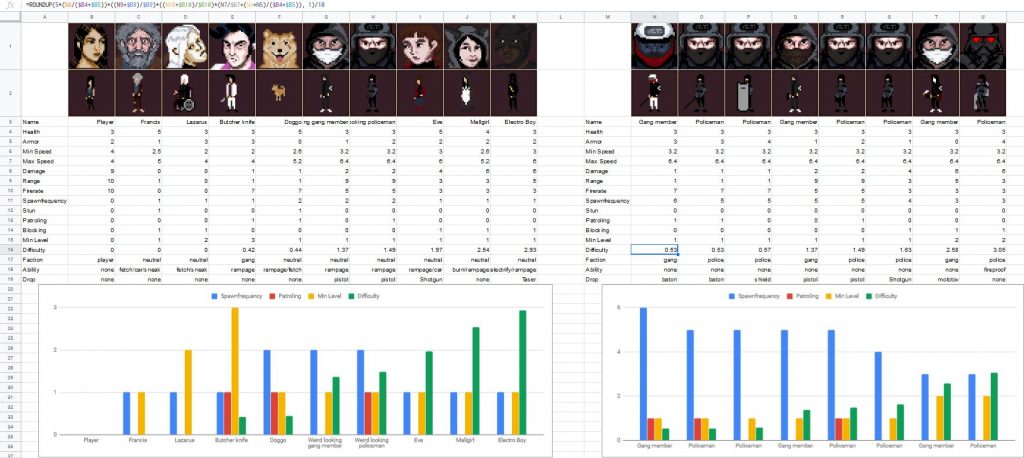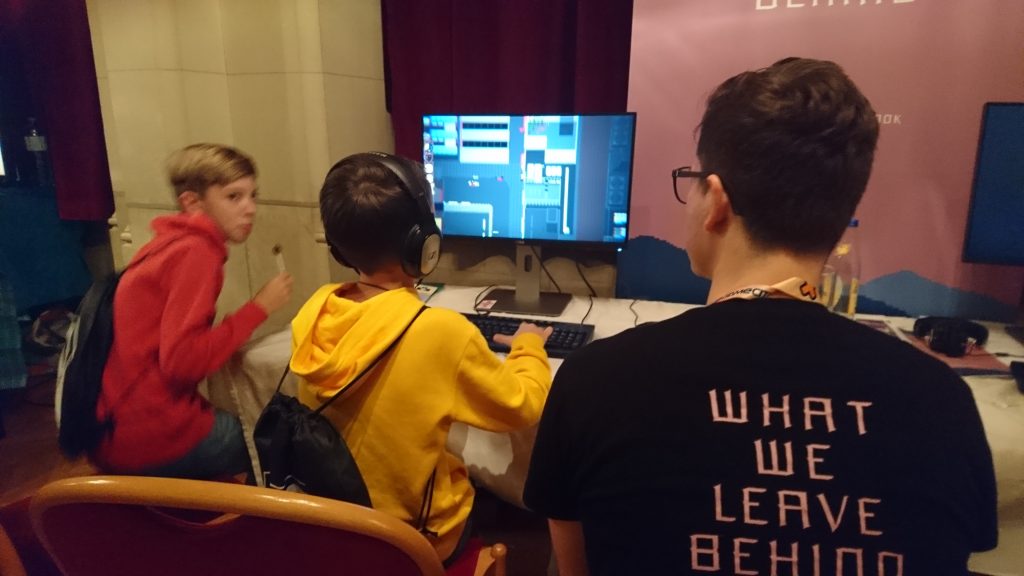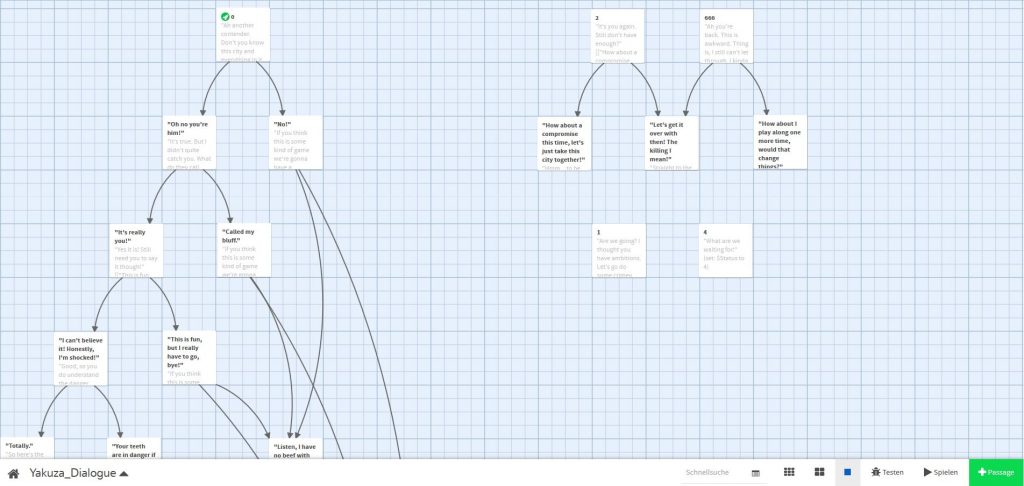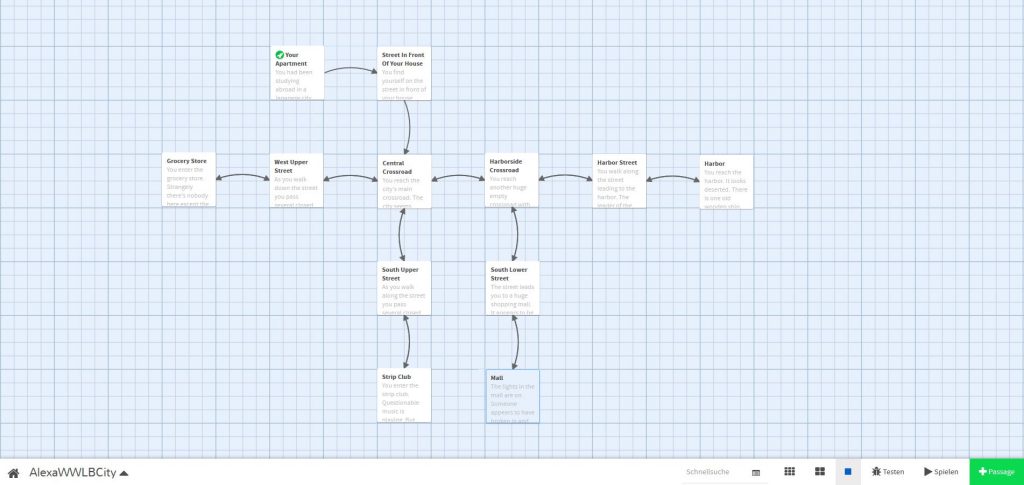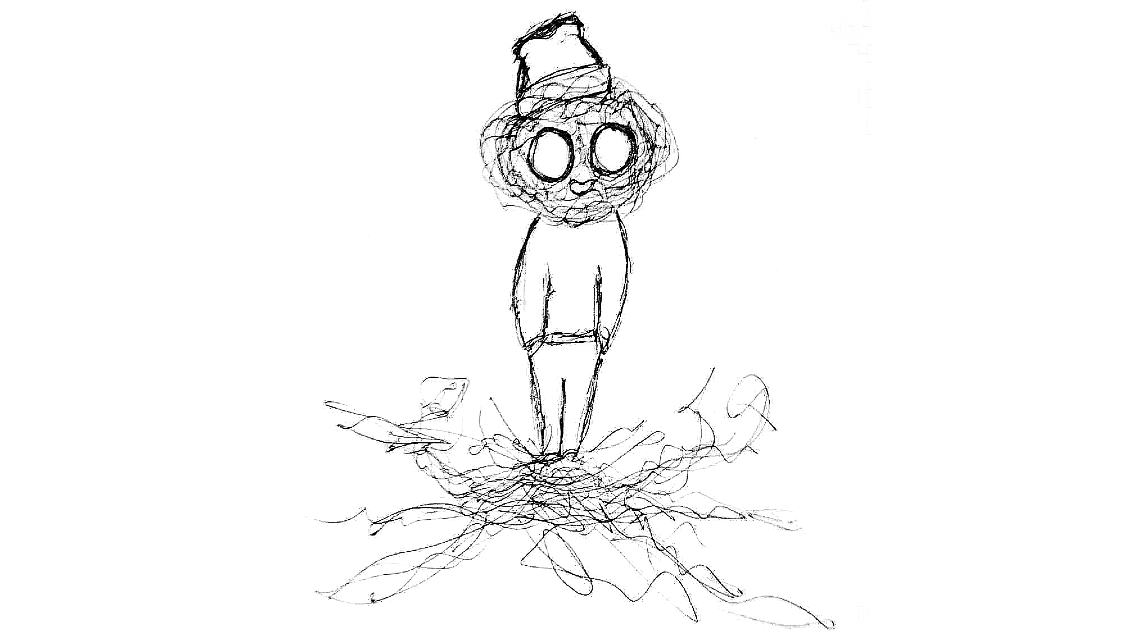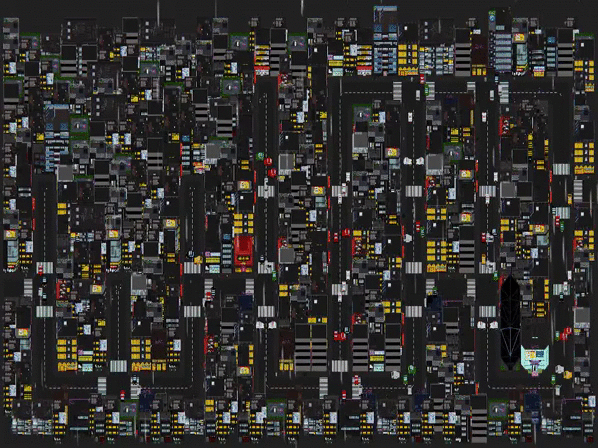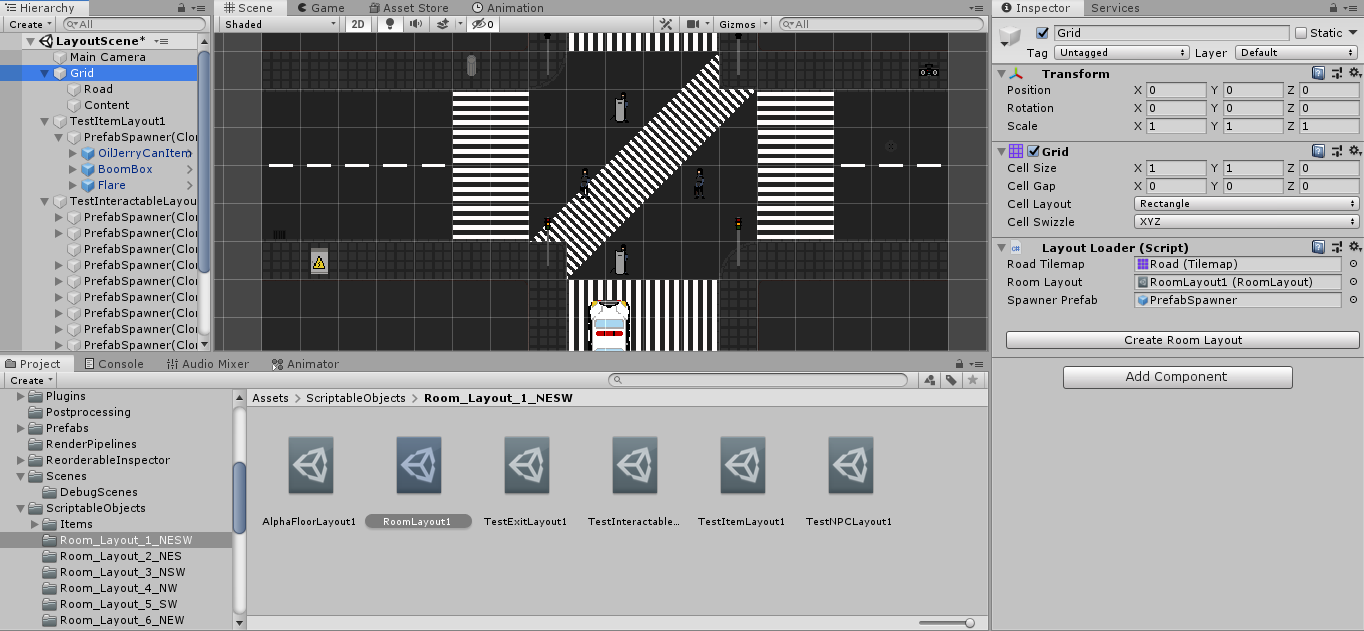WHAT WE LEAVE BEHIND
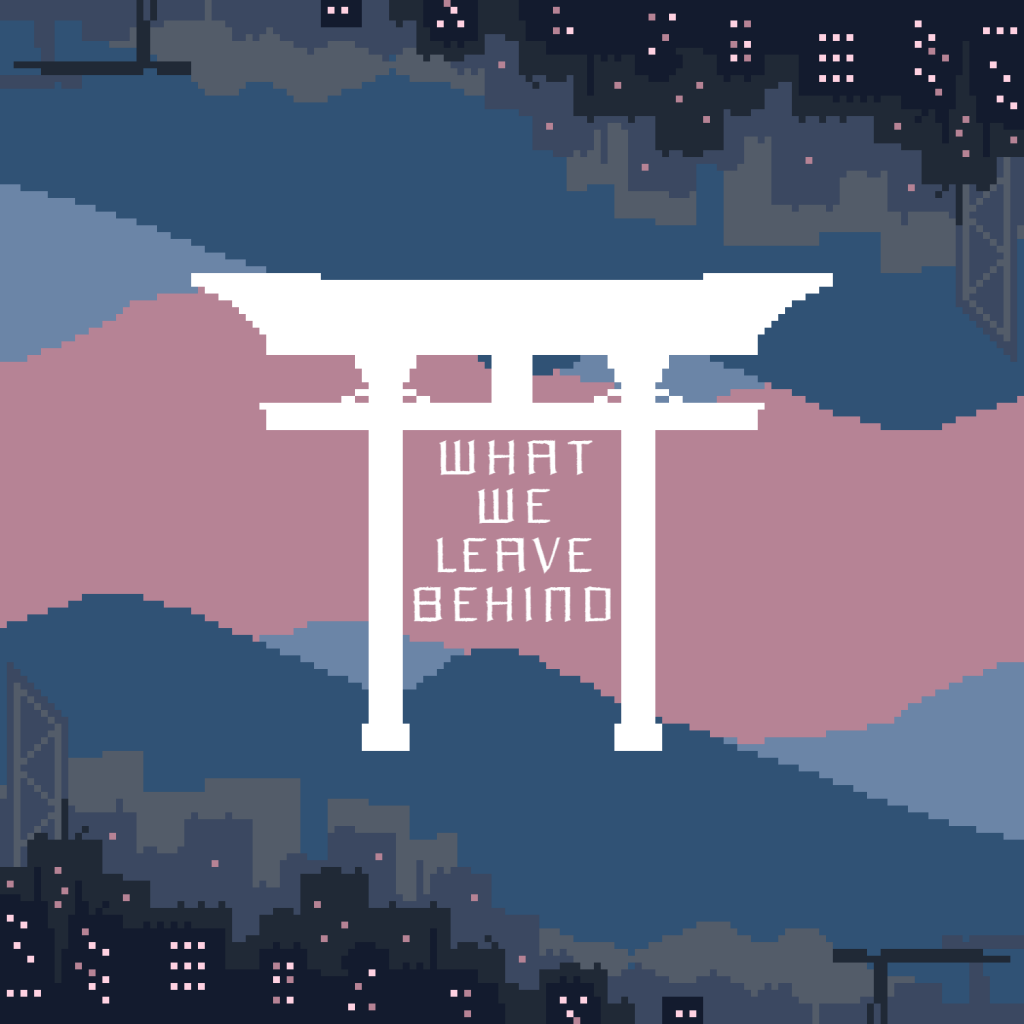
| Genre | Roguelike / Narrative Adventure |
| Platform | PC |
| Engine | Unity |
| Roles | Lead Designer, Project Manager, Lead Artist, Writer, Programmer, Audio Designer, Composer |
WHAT WE LEAVE BEHIND is a story-driven roguelike game with narrative adventure elements. The game is set in a fictional japanese city where time and space are out of balance. Thus, time only moves when the player moves and a new city is procedurally generated everytime the player dies. To escape this violent place, the player has to either sneak around enemies or fight them by combining items to create chain reactions. Furthermore, all characters have their own dialogue trees and talking to them may result in them joining the player to help and fight alongside them.

Development
On this project I directed a team of three developers (two programmers and myself) while designing all aspects of the gameplay, levels and story. As lead designer I was responsible for making sure the procedural generation created interesting and balanced levels without repeated playthroughs feeling too similar. Furthermore, the most important feature of the game was the connection between story elements and the gameplay. This connection was achieved by giving each non player character unique abilities dependant on individual story progress.


Click here to read about my work on WHAT WE LEAVE BEHIND in detail:
Balancing Most of my early design work on this project was spent on developing and balancing characters and items. With the content steadily growing in size, multiple systems were needed to compare and rank the different game objects. For instance, I constructed a formula to evaluate a relative difficulty rating for (potential) enemy characters based on their numeric attributes. Since the levels were procedurally generated these values were especially important to determine appropriate spawn chances (e. g. inversely proportional to the difficulty ratings) and assign characters to specific stages: Furthermore, this was counterchecked and iterated upon using information from frequent playtests/exhibitions: Level Design The levels were based on nodes which acted as puzzle pieces that connected seamlessly to make up procedural street layouts. My idea was to start out by using randomly selected nodes to create a main street leading from the entrance of each level to the exit and then add side streets to it until all space of the level was filled. Each node contained a selection of several possible character and item layouts that assigned probability distibutions to the actual tiles of the level. Whereas procedural generation appears to allow for less control regarding the level design, setting up the possible positions and probabilities for the appearance of specific game objects is crucial for an engaging and balanced gameplay experience. This was also the part of the design which required the most playtesting to get right. Story Progression For designing the dialogue trees and planning the progression of the non linear story I used the open-source tool Twine. Each character in the game was assigned their own tree graph which ccould manipulate their state values and affiliation. Using those Twine graphs as self contained story elements allowed for procedural combination of different storylines Prototyping Before starting the development of this project I created a paper prototype to test and experiment with the initial gameplay ideas. Luckily the tests resulted in fun and engaging gameplay and so we decided to start iterating on those ideas. Since then a lot has changed and all further prototyping was done in Unity.DETAILS